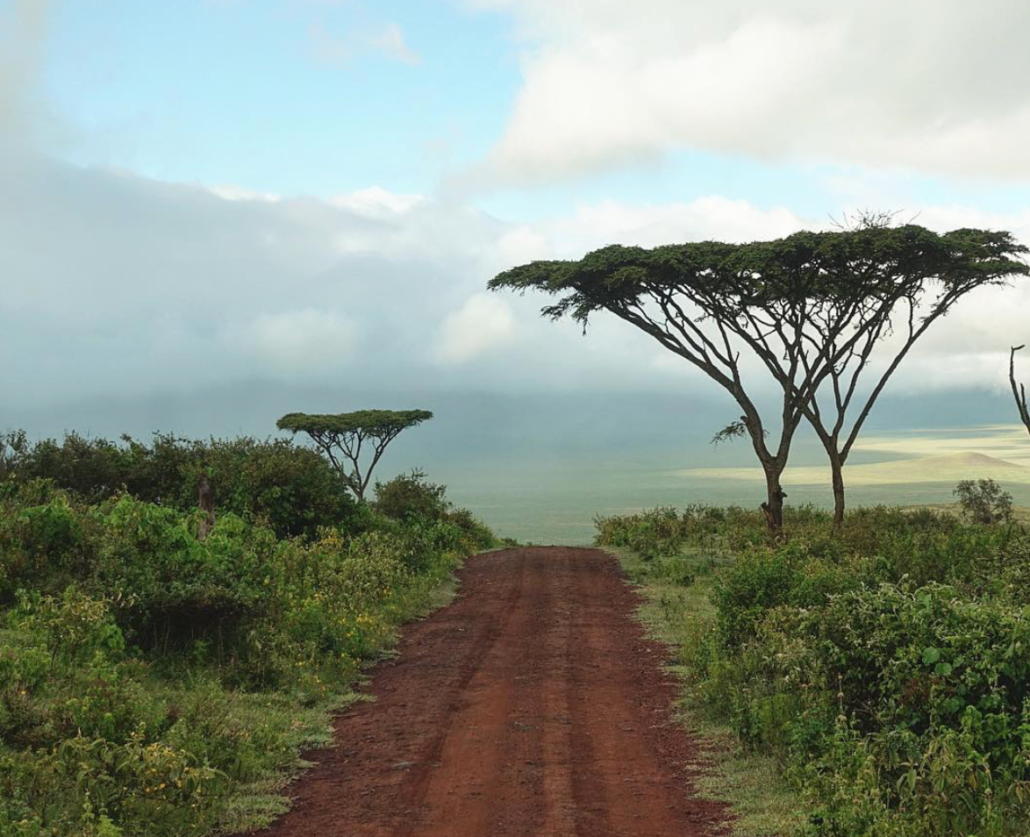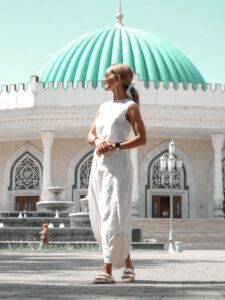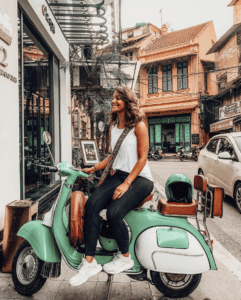Karibu means ‘welcome’ in Swahili, and you’re certainly going to feel at home when you arrive in Tanzania and get the opportunity to explore its national parks and meet its people.
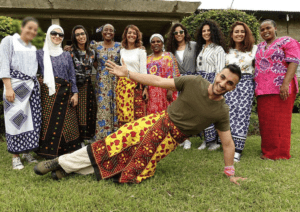
Country: Tanzania تنزانيا
Continent: Africa افريقيا
Language: Swahili (English is a second language) سواحيلي
Currency: Shiling & Dollars يستخدمون الشيلينق والدولار الامريكي
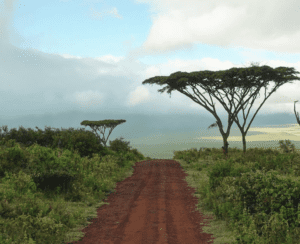
Traditional Tanzanian food features plenty of meat such as beef, chicken, and fish. Also, plenty of rice, and vegetables. It’s simple, hearty food often accompanied by ugali, a flour and water based dough similar to polenta and eaten by hand. (it tastes like nothing,, like dough .. to me? so yummy!)
You’ll also notice the Indian and British influences on Tanzanian cuisine, with everything from spicy curries to fish & chips popular with locals and visitors alike. In larger cities you’ll find steak houses, burger joints, and other places serving international cuisine.
I’m not vegetarian but I saw that vegetarians are also well catered for with their offering of fresh fruits such as pineapples, coconuts, mangoes and so on. We’ve tried great vegetarian dishes such as sweet potatoes and other rice made dishes.
Tap Water: It is not safe to drink tap water in Tanzania. Make sure you have bottled water.
International credit cards are accepted in most stores, restaurants, hotels, camping sites, lodges, car rental companies, etc. Many smaller shops will not have facilities, so it is generally better to carry cash of local currency if you’re aiming to hit those small shops.
Arusha City
Our first entry point in this trip was Arusha City. Visa is either on Arrival to most nationalities, or on the other hand you could just get it prior to your trip. In our case, i’ve advised the entire team traveling with me to get their visas done form their respective country’s embassy/consulate. I did the same as well.
When I started my research about Arusha City, I liked what I found: Located in the northern highlands of Tanzania, beneath the twin peaks of Mt. Meru and Mount Kilimanjaro, Arusha is the safari capital of the country. Guests embarking on the popular northern safari circuit all stop in the ‘Geneva of Africa’ to prepare for their journeys into the African bush.
Arusha is a major international diplomatic hub. The city hosts and is regarded as the de facto capital of the East African Community. Since 1994, the city has also hosted the International Criminal Tribunal for Rwanda. It is a multicultural city with a majority Tanzanian population of mixed backgrounds: indigenous Bantu, Arab-Tanzanian and Indian-Tanzanian population, plus small White European and white American minority population. Religions of the Arushan population are Christian, Jewish, Muslim, and Hindu.
Decided to spend the first two nights in Arusha City, before we head out to our gaming and Safari! I picked for the team and myself the hotel: River Trees Country Inn Hotel. Very Green, Very quiet and I liked it. I do recommend it.
Ngorongoro Conservation Area
Ngorongoro is in Northern Tanzania. It’s a home to the vast, volcanic, ngorongoro crater and the “big five” game (elephant, lion, leopard, buffalo, rhino).
We enjoyed very much Ngorongoro! My chosen accommodation for the group was Sopa Lodge which had stunning views, fun dinners and Masai dances
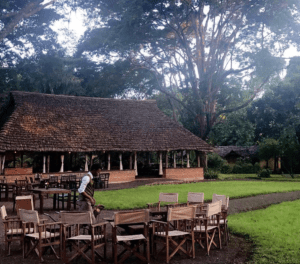
Activities inside the Ngorongoro Crater itself are limited to game driving; there are a couple of picnic spots in the park, but getting out of the vehicle is strictly limited to these areas. However, a full range of activities is on offer in the wider Ngorongoro Conservation Area, including walking, trekking, excursions to Olduvai Gorge and visiting the Masai and other tribes.
I’ve planned for the group to enjoy the game drive for the day in the crater, followed by an easy one hour hike. Different hikes of different levels are available so based on your fitness level choose your hike.
One of the highlights of this trip was a visit to the Maasai Tribe village in Ngorongoro Area. Not to miss!
About 200 years ago the Maasai arrived and have since colonized the Area in substantial numbers, their traditional way of life allowing them to live in harmony with the wildlife and the environment. Today there are some 42,200 Maasai pastoralists living in the Ngorongoro Crater Area with their cattle, donkeys, goats and sheep.
Visitors are welcomed at two designated Maasai cultural bomas one on the road to Serengeti and another close to Sopa Lodge at Irkeepusi village.
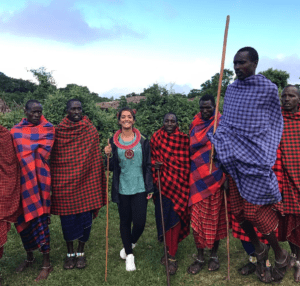
Serengeti National Park
Our last stop in this Safari trip before moving to Zanzibar was Serengeti National Park. The park in northern Tanzania, is known for its massive annual migration of wildebeest and zebra.
In Serengeti, we stayed at the Four Seasons Resort and what an experience it was! If you ever decide to visit Serengeti and had the chance to stay at the Four Seasons, DO NOT MISS IT! Everything about it was amazing.
The best time to see the Great Migration
The migration is driven by rainfall patterns and the subsequent grazing potential on the nutrient-rich green grasses it produces. Each month of this circuit offers visitors a look at one of the unique and dynamic facets of the migration, whether it is calving season, the rut, or river crossings – there is always something interesting to see!
From my research, the migration seasons starts in May, and ends in September! People have also mentioned that they were lucky seeing the migration in July-August. Our trip was in May, we saw all the big five but no luck with the migration.
Different websites mention different things, I’ve found a website that breaks it down in months and here it is below:

| Best time to go: | January-February for the wildebeest calving; June-September for general wildlife viewing with a chance of seeing the wildebeest crossing of the Grumeti River June-July. |
| High Season: | Most of the year – July to March (The Serengeti will be crowded around the Seronera area) |
| Low Season: | April and May |
| Best Weather: | June to October (Little to no rainfall) |
| Worst Weather: | March and April (Peak of Wet season) |
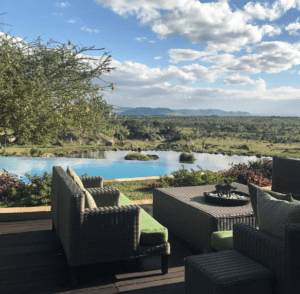
What to pack
- Binoculars (or ask your guide/ tour operator if they have some for you)
- Camera (I used my sony rx100, but couldn’t zoom much so my pictures were normal, if you’re into photography you might want to consider a camera with a good zoom).
- Pack warm clothes for early morning game drives.
- Hat
- Sun cream and a head torch.
- Check if you need any vaccines or pills.
- US dollars in small denominations, and local currency always helps.

